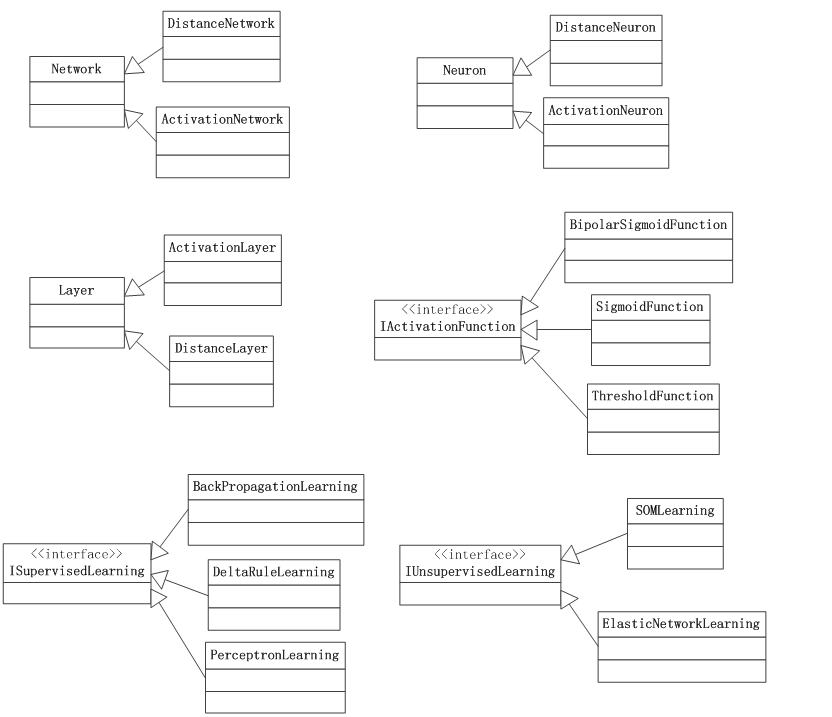QOpenTLD Crack PC/Windows [2022]
- rewiheartmoti
- May 12, 2022
- 4 min read

QOpenTLD Crack + Torrent (Activation Code) Free Download (Final 2022) QOpenTLD For Windows 10 Crack is a C++ implementation of the TLD tracking algorithm. See the source code in the tracked_objects_project at Bitbucket. QOpenTLD has been used for object tracking applications in KITTI, a European project to gather data for autonomous driving, in FPS competition organised by the IEEE, in the GEIUC Cup, a contest organised by the IEEE and a camera startup in Norway. QOpenTLD Requirements: QOpenTLD is a C++ software project for tracking objects in unconstrained video streams. We are using a GPU implementation of the TLD tracking algorithm to offer high frame rate object tracking in unconstrained video streams. Our current GPU implementation requires a NVIDIA CUDA-capable GPU device. To run our application, you need to install the Cuda Toolkit for CUDA. For instance, in Linux you can install the CUDA Toolkit using the apt-get command, apt-get install cuda QOpenTLD can be used in a stand-alone manner. When running our application, all necessary header files are automatically included in the code. However, we do recommend to install an existing OpenCV installation because it contains a complete C/C++ interface to the GPU. You will also need OpenCV, the TLD library and Cuda to build QOpenTLD. In addition, it is recommended to use the cuda-memcheck application to check if you have installed the CUDA Toolkit properly. See the installing CUDA documentation for detailed information. QOpenTLD is written in C++ and uses OpenCV for image processing. QOpenTLD Distribution: QOpenTLD source code is available on the tracked_objects_project at Bitbucket. We have also published our TLD library, the Cuda code, our tutorials and example videos on the GTree repository. QOpenTLD GPU Support: QOpenTLD is able to track a user-specified object in unconstrained video streams, thanks to a dedicated GPU implementation of the TLD algorithm. Our GPU implementation only tracks foreground objects and does not make use of color information, which is important to identify objects in real-world environments. We use the QOpenTLD Free - Performe the incremental detection and tracking of the objects. - Show static and dynamic results. - The core algorithm is written in C++. **OpenCV**: - With C++ interface, the OpenCV’s object detection and tracking can easily integrated to our project. - TLD is an event based tracker, which is the special requirement of OpenCV’s object tracking. - The OpenCV’s functions are written in C++, so that they can be called from C++ easily. 8e68912320 QOpenTLD Crack Key to Key Stream MACRO: A pattern of binary bits - chosen at random - that uniquely identifies an object in a video sequence. This technology is based on our previous work. Keystream is the heart of the TLD system. It is the message in the lock. For a given message to be useful as the key, it must be generated from a deterministic process. As a result of this work, we have discovered that a highly efficient key generation process for digital images is by the use of either a Hash or a Rabin hash. This application allows the user to change the Key MACRO in the config file. This is also the case in the GUI. When a Key MACRO is selected, a generator is displayed. From this generator, the Keystream is generated. The keystream is then transmitted to the TLD system to be analyzed. GUI Description: The GUI contains the main window, the filter control, the stream settings and the TLD settings. In the main window, we see the progress bar. This will be filled when new events occur. At the moment, it is displaying the number of events per second. The listbox contains the stream filters and the setting values. The Filter Manager uses a checkbox to select the filters. The settings can also be edited. This allows the user to only view the wanted events from the video stream. In other words, we can choose to watch only the detected events. The settings values have been implemented so that you can change them at any time. In the filter manager, we have also added a slider with a scale of 0 to 100. This scale is used to set the sensitivity of the system. The sensitivity determines how many detected events are needed to transmit the keystream. The slider goes from 0 to 100 and the keystream generator is reset. We display the Rabin hash results every time the slider reaches 50. The stream settings allow you to choose the stream settings like resolution and frame rate. When the filters and settings are complete, press the run button. When an event occurs, the filter is switched on and the system waits. When the events are over, the filter is switched off. We also have a configuration page to set the logging and system port. TLD Description: Tracker Learning and Detection: TLD is a high level software architecture. TLD is a network that consists of different machines. Each machine is a separate entity which is used to analyze data coming from a camera. Each What's New In? System Requirements For QOpenTLD: Operating Systems: Windows: Windows 8, Windows 7, Windows Vista, Windows XP (64-bit, x64 required) Windows: macOS 10.6 or higher macOS: 10.6 or higher Linux: Ubuntu 14.04 or higher (32-bit, x86 and 64-bit, x64 recommended) Linux: Ubuntu 16.04 or higher (32-bit, x86 and 64-bit, x64 recommended) Linux: Debian 9 or higher (32-bit, x86 and 64-
Related links:

![Blaze Statistics Crack [32|64bit] [2022]](https://static.wixstatic.com/media/37e591_f97501db45724522b93a82777d7c85d6~mv2.gif/v1/fill/w_980,h_1369,al_c,usm_0.66_1.00_0.01,pstr/37e591_f97501db45724522b93a82777d7c85d6~mv2.gif)
![IIS Accelerator Crack License Key Full [Mac/Win] [Updated]](https://static.wixstatic.com/media/37e591_bb455e57c71f4ef1a75bd94d7629bbce~mv2.jpeg/v1/fill/w_176,h_175,al_c,q_80,enc_avif,quality_auto/37e591_bb455e57c71f4ef1a75bd94d7629bbce~mv2.jpeg)
![Portable Just Another Messenger Crack [32|64bit]](https://static.wixstatic.com/media/37e591_2a8a0db12a6f45c1b3fdd4d85cd8866a~mv2.jpeg/v1/fill/w_400,h_272,al_c,q_80,enc_avif,quality_auto/37e591_2a8a0db12a6f45c1b3fdd4d85cd8866a~mv2.jpeg)
Comments